Congress of the Nation, the details and history of a building that will catch your attention, in the middle of the city.
Undoubtedly, it will not go unnoticed before your eyes, since it is a palace of immense size. It functions as the main body in the exercise of the Legislative Power of Argentina.
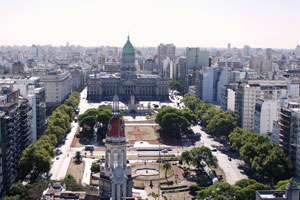 It is here where federal laws are sanctioned and carried out, in addition to sanctioning commercial, civil, criminal, labor, and mining legal codes, among many others. The main objective that prevails in this space is the common legal organization.
It is here where federal laws are sanctioned and carried out, in addition to sanctioning commercial, civil, criminal, labor, and mining legal codes, among many others. The main objective that prevails in this space is the common legal organization.
It is made up of a bicameral assembly with 329 total members, divided into the Chamber of Deputies (257 total members) and Chamber of the Senate (72 total members).
In 1889, faced with the urgency of assigning a definitive headquarters for the work of the Legislative Power, Juárez Celman, president at that instance, requested its creation. This specific block was chosen, between Yrigoyen, Rivadavia, Entre Ríos and Combate de los Pozos streets, because they wanted to delineate a civic axis bordering May Avenue. In this way, at one end we find the Cabildo and the Government House, and on the other side, the immense Congress of the Argentine Nation.
It was built in 1895, after an international competition where Víctor Meano was the winning architect, of Italian origin.
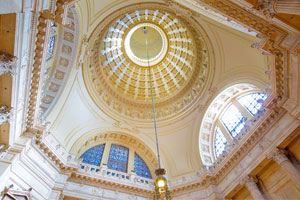 In the details of its structure, we can say that the central pillars are academicism, eclecticism and classicism. An imposing 80-meter-high dome was incorporated, which highlights the symbolic value of the building and its monumentality. You can see it from May Avenue!
In the details of its structure, we can say that the central pillars are academicism, eclecticism and classicism. An imposing 80-meter-high dome was incorporated, which highlights the symbolic value of the building and its monumentality. You can see it from May Avenue!
In 1905, the construction of the Congress Square was carried out, by decision and initiative of Senator Miguel Cané. Although by 1906 the building was not yet finished, it was decided to inaugurate it and start using it as the Legislative Palace.
Only in 1946 was the work completed, with the marble cladding on the outside. It was declared a National Historical and Artistic Monument in 1993, as a benchmark of the cultural identity of the Nation. For this reason, its preservation is mandatory.
Both its exterior and its interior, has several important sculptures. Among those that stand out the most are the works by Lola Mora, on the sides of the esplanade leading to the palace. They are a representation of Freedom, Peace, Work, Justice and Commerce. Also, you will see two big lions.
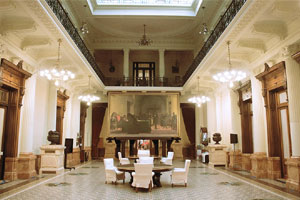 But it is not only about sculptures, it also has several remarkable rooms such as the Blue Room, which has 8 sides supporting the immense dome of the place, with marble columns, German mosaic floor, original red granite plinth from Belgium, bronze jugs, among many other decorations that root the palace. In turn, in an open vault that it has in its center, you can see the dome from inside. Also, the Hall of the Provinces, which has a double height and is the ceremonial access to the entrance. It has a huge stained glass window that represents the Argentine Republic in a cultivated field, as a symbol of economic progress. The room that functions as access to the deputies’ space is known as the Lost Steps Room. It also houses the press during the sessions, in addition to serving as a space for cultural activities and funeral ceremonies. Another room with huge stained glass windows that they have the National Coat of Arms, which functions as a space to receive authorities and delegations, is the Hall of Honor. But, without a doubt, the one that stands out the most is the Eva Perón Room. This space was decorated by the choice of Eva Duarte de Perón herself, with upholstery, walls and curtains in pink tones. The main objective of this space is the memory of the female insertion in politics. Here, it was where the first 6 senators of the country met, who, in 1952, entered Congress.
But it is not only about sculptures, it also has several remarkable rooms such as the Blue Room, which has 8 sides supporting the immense dome of the place, with marble columns, German mosaic floor, original red granite plinth from Belgium, bronze jugs, among many other decorations that root the palace. In turn, in an open vault that it has in its center, you can see the dome from inside. Also, the Hall of the Provinces, which has a double height and is the ceremonial access to the entrance. It has a huge stained glass window that represents the Argentine Republic in a cultivated field, as a symbol of economic progress. The room that functions as access to the deputies’ space is known as the Lost Steps Room. It also houses the press during the sessions, in addition to serving as a space for cultural activities and funeral ceremonies. Another room with huge stained glass windows that they have the National Coat of Arms, which functions as a space to receive authorities and delegations, is the Hall of Honor. But, without a doubt, the one that stands out the most is the Eva Perón Room. This space was decorated by the choice of Eva Duarte de Perón herself, with upholstery, walls and curtains in pink tones. The main objective of this space is the memory of the female insertion in politics. Here, it was where the first 6 senators of the country met, who, in 1952, entered Congress.
This palace conducts guided tours throughout the year, from Monday to Friday from 12:00 to 17:00. Tours are in Spanish and English. They are only suspended if there is any parliamentary activity. It has a maximum capacity of 20 people per visit and no prior reservation is required. Simply, you must announce yourself at the security windows, carrying your passport or identity document. We leave you this link for more information.
We invite you to join our Free Tours here to learn more about the history and curiosities of Buenos Aires!

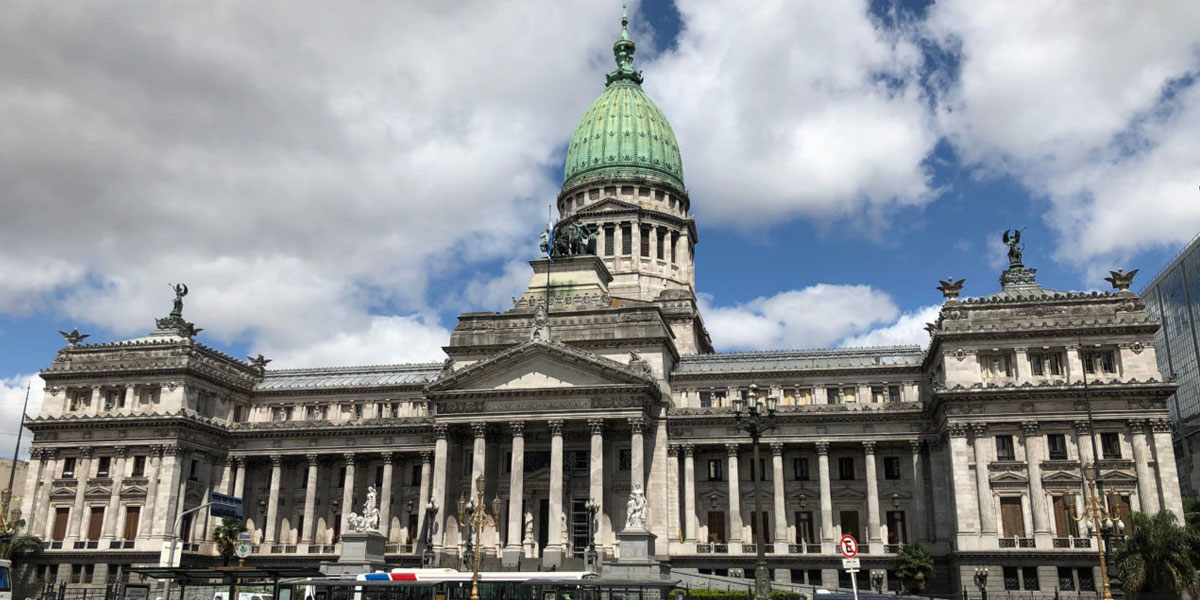

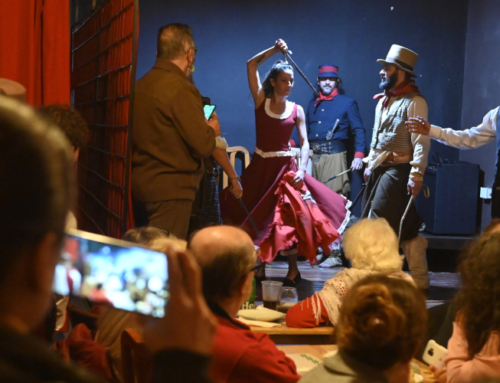

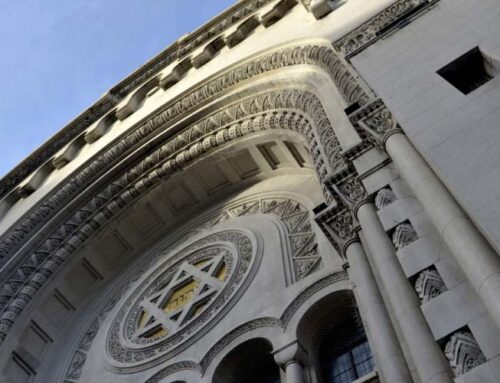
Leave A Comment